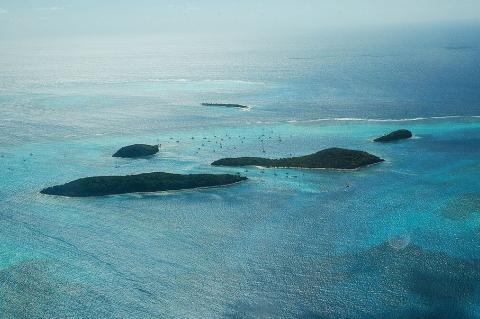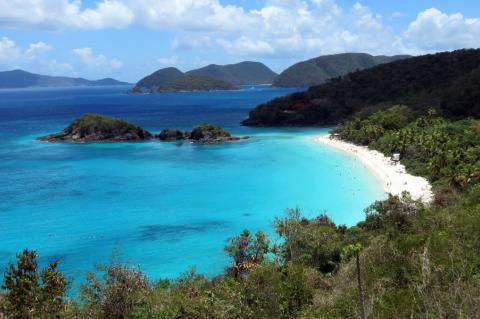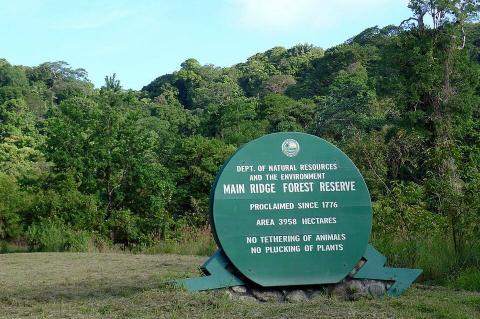Caribbean Islands Biodiversity Hotspot: A Region of Remarkable Ecological Richness and Diversity
The Caribbean Islands biodiversity hotspot, encompassing 35 countries and territories, is renowned as a global ecological treasure trove. Spanning the Caribbean Sea, it is characterized by a mosaic of islands, cays, and islets, each harboring an astonishing array of unique species. This hotspot is celebrated for its scenic beauty, pristine beaches, and exceptional biological diversity, making it one of the most important biodiversity hotspots on the planet.
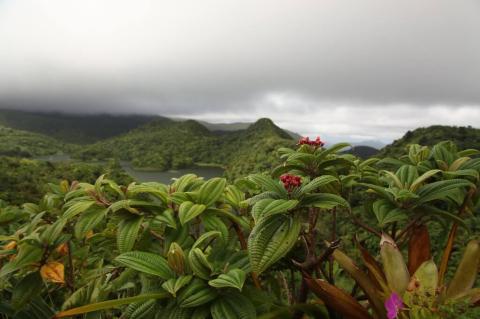
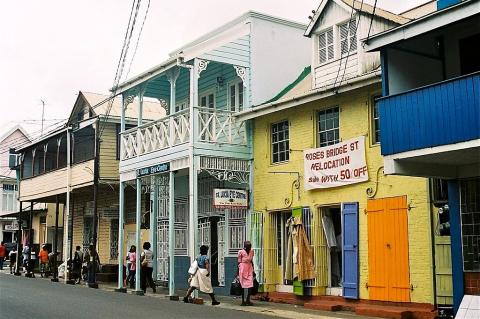
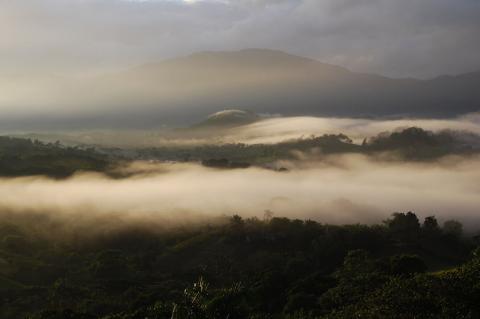
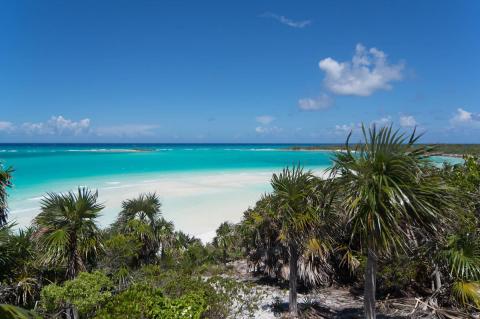
![View over the southern slopes of Sierra del Rosario from the viewpoint Mirador del Soroa by Manfred Foeger [CC BY-SA (https://creativecommons.org/licenses/by-sa/4.0)] View over the southern slopes of Sierra del Rosario from the viewpoint Mirador del Soroa](/sites/default/files/styles/medium/public/mirador_de_soroa_opt%20%281%29.jpg?itok=T7FdxO7J)
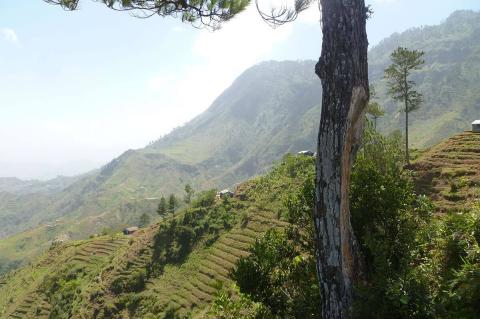

![Cayo Cangrejo, in the Old Providence McBean Lagoon National Natural Park with the island of Providencia in the background. Felviper [CC BY-SA (https://creativecommons.org/licenses/by-sa/4.0)] Cayo Cangrejo, in the Old Providence McBean Lagoon National Natural Park with the island of Providencia in the background.](/sites/default/files/styles/medium/public/cayo_cangrejo_old_providence_opt%20%281%29.jpg?itok=AQbo7VfT)
